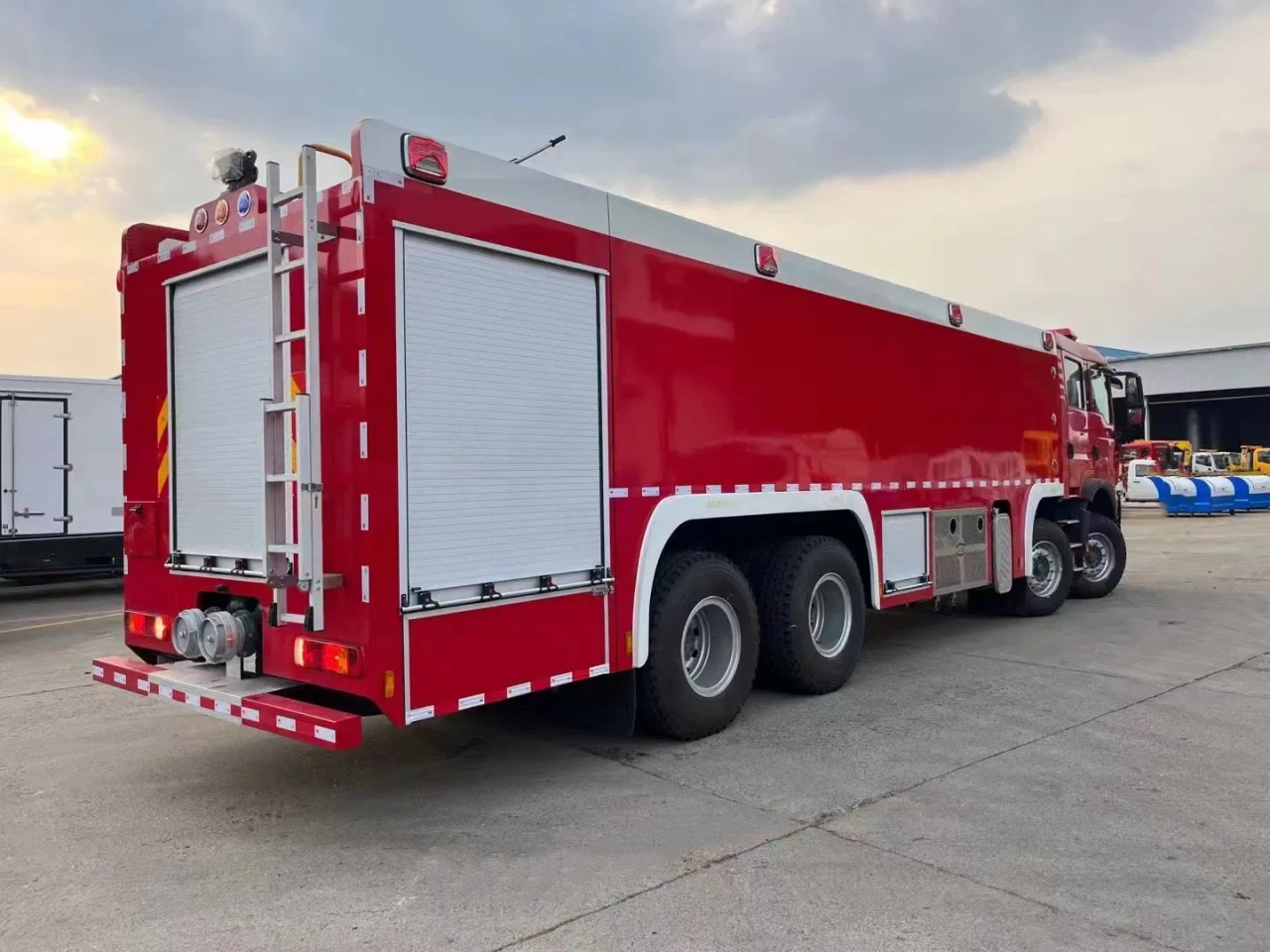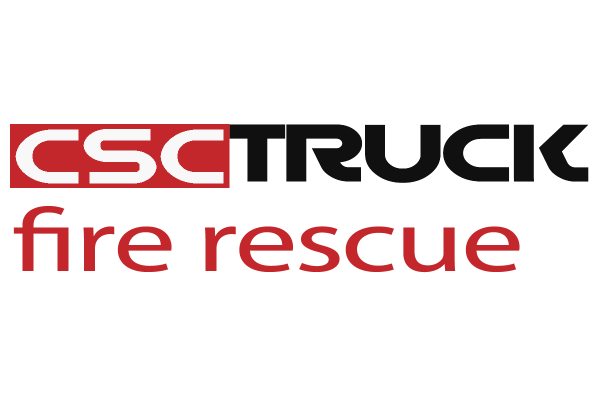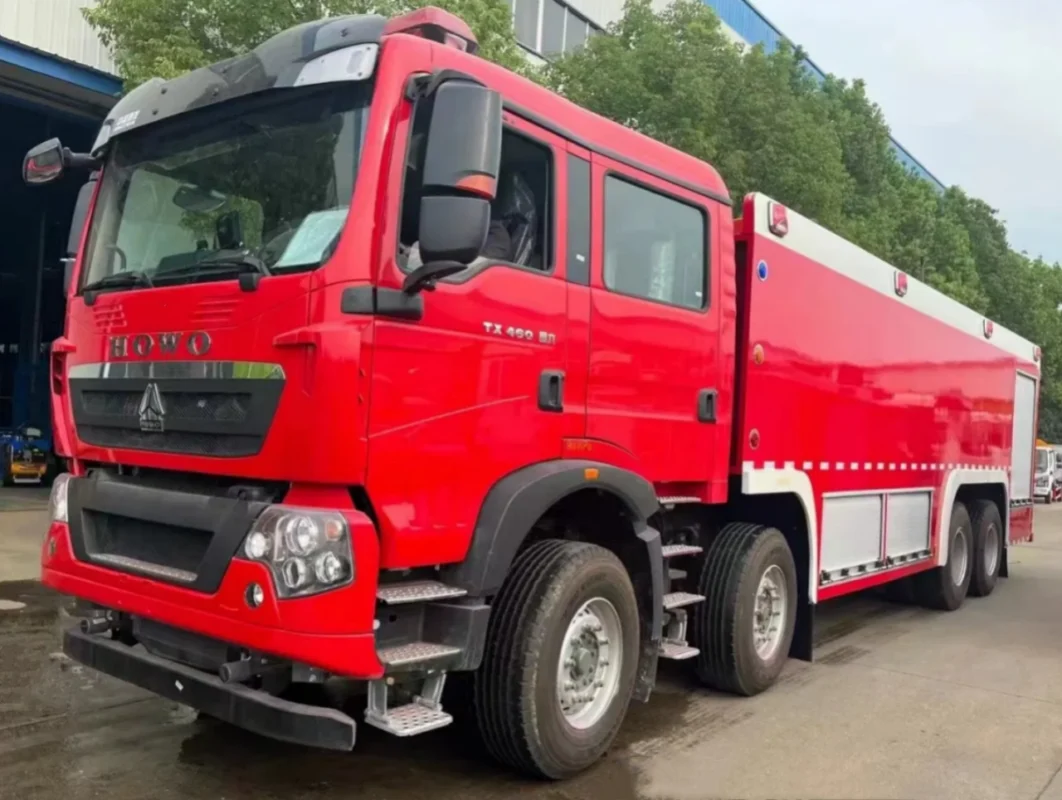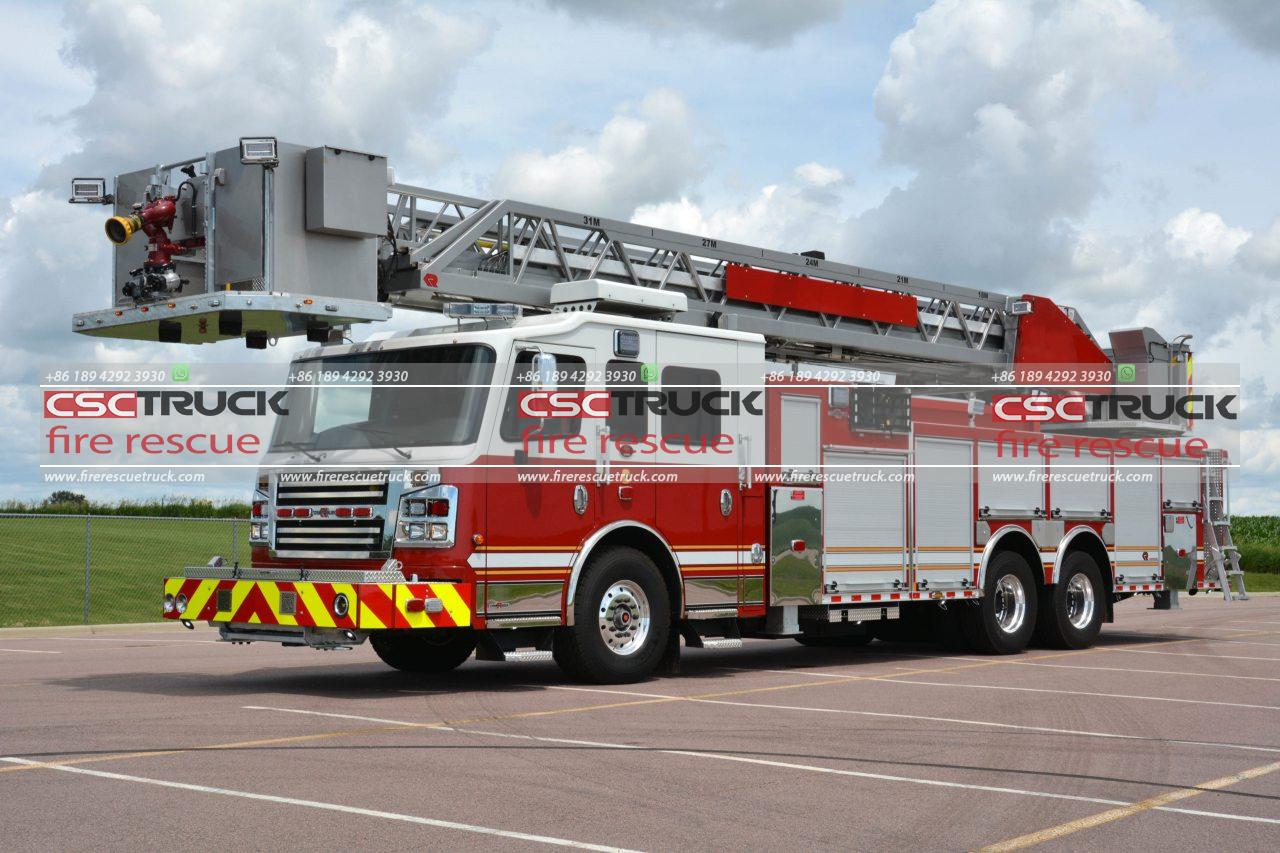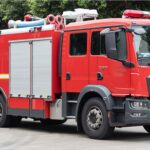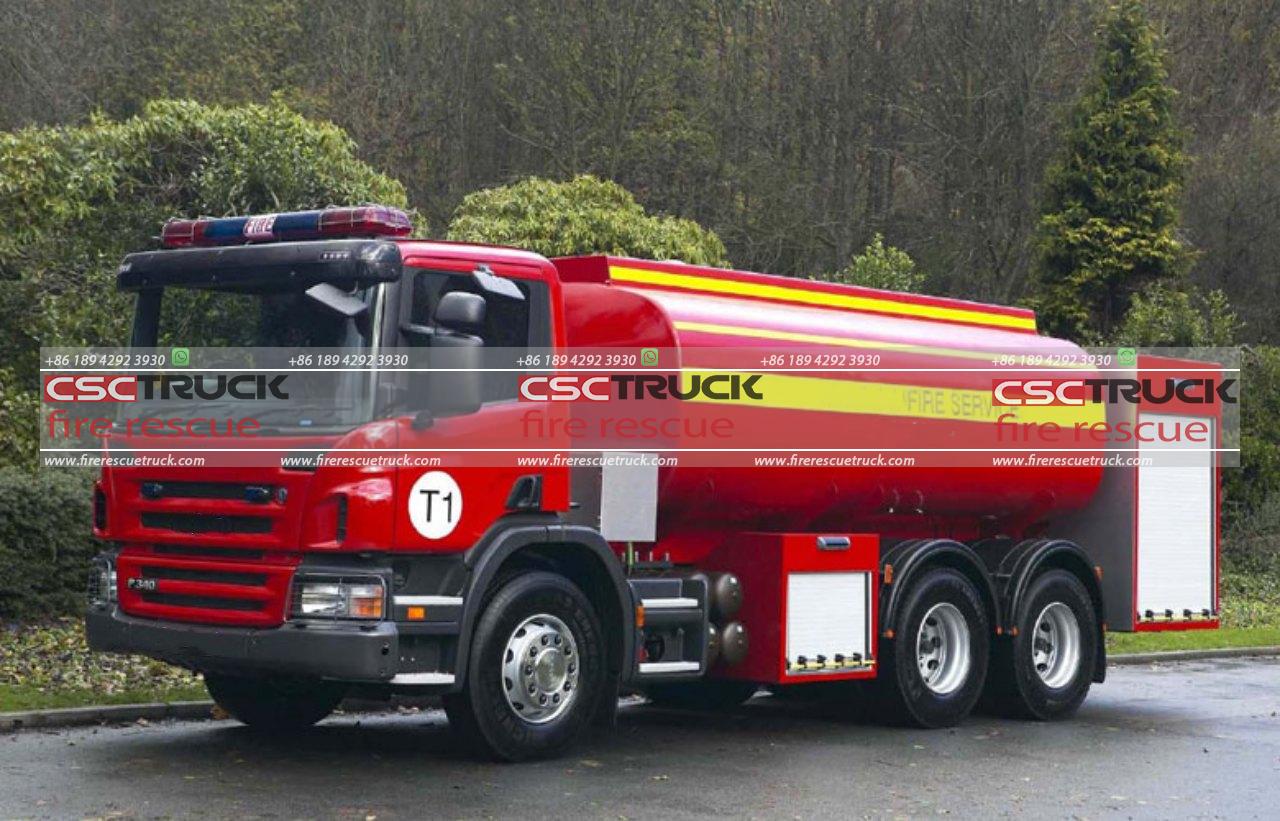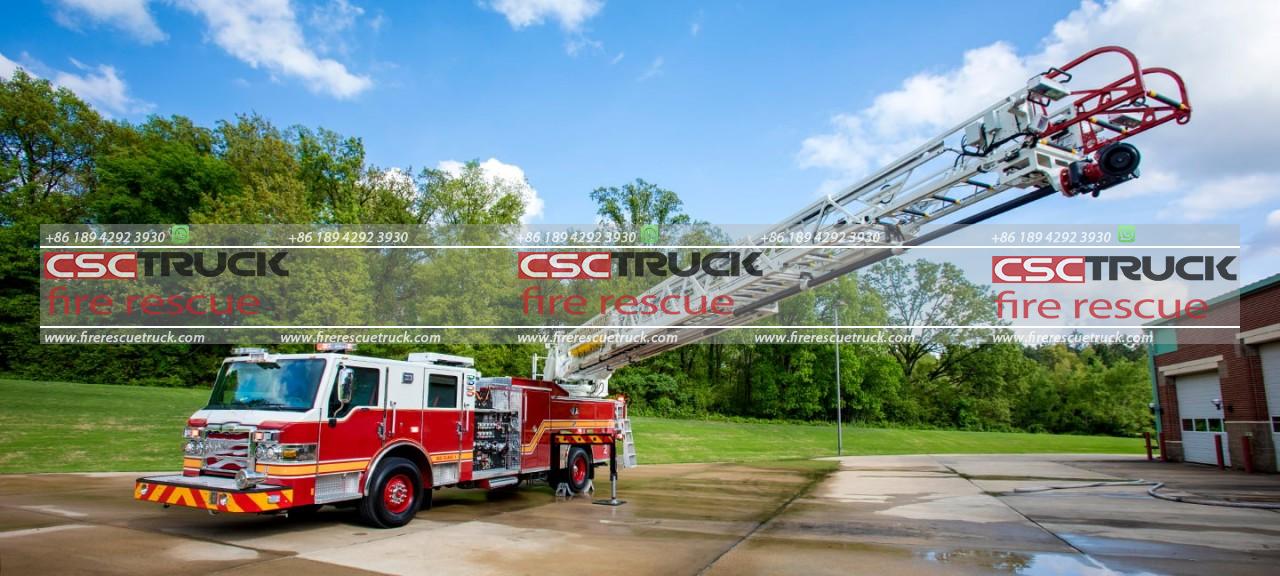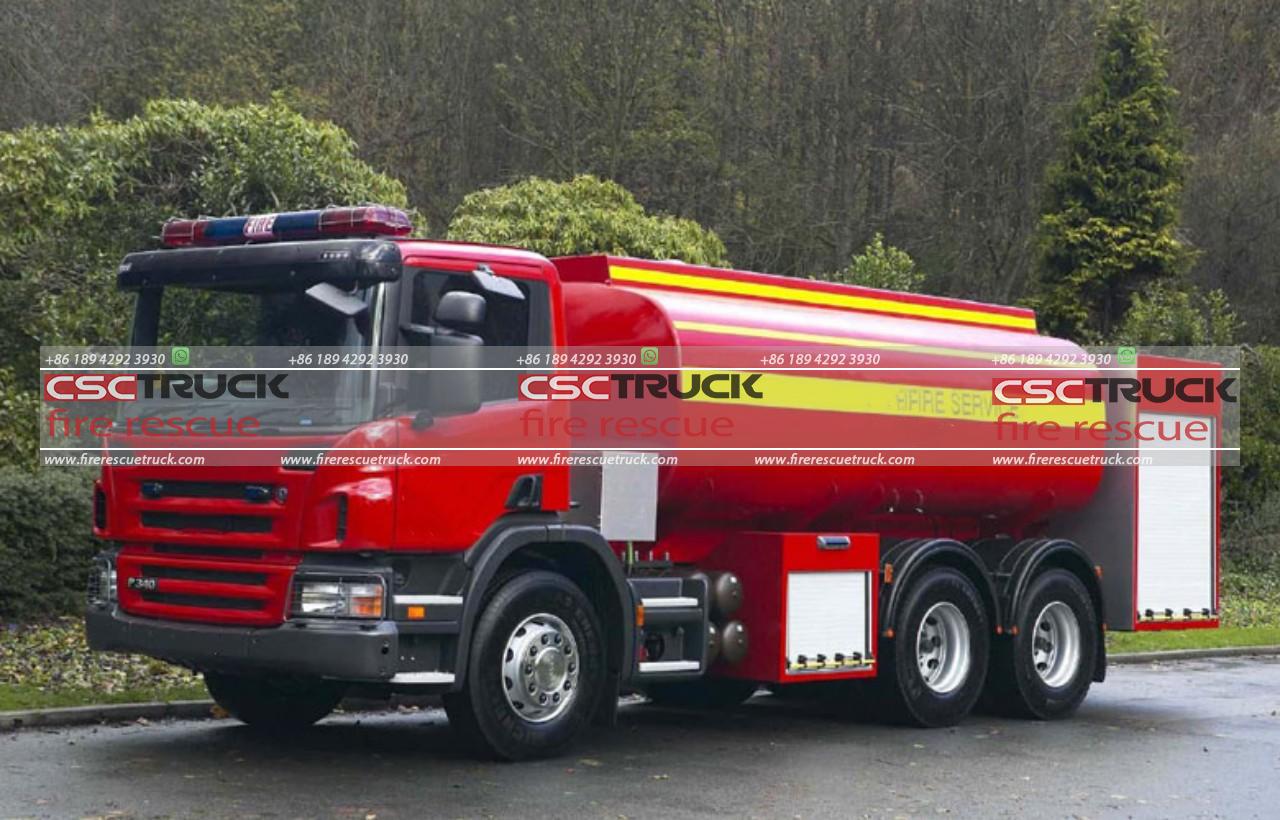Introduction
A pumper truck, also known as a fire engine or fire pumper, is one of the most critical vehicles in firefighting operations. It serves as a mobile water supply unit, delivering high-pressure water to extinguish fires efficiently. These trucks are equipped with powerful pumps, large water tanks, hose connections, and various firefighting tools. The function of a pumper truck extends beyond just carrying water; it plays a vital role in the rapid response and mitigation of fire emergencies.
The Core Functions of a Pumper Truck
1. Water Supply and Pumping
The primary function of a pumper fire truck is to supply and pump water to the fire scene. These trucks are designed with high-capacity pumps that can move thousands of gallons of water per minute. They can source water from their onboard water tanks, fire hydrants, or natural water sources like lakes, rivers, and reservoirs. The ability to efficiently transport and distribute water is crucial in controlling and suppressing fires.
2. Hose Deployment and Water Delivery
Pumper trucks are equipped with multiple hose connections and outlets, allowing firefighters to deploy hoses quickly. The hoses can be of different diameters, with larger ones used for high-volume water supply and smaller ones for maneuverability in confined spaces. These hoses help direct pressurized water to the fire, ensuring effective firefighting efforts.
3. Firefighting Equipment and Tool Storage
Apart from water delivery, pumper trucks carry essential firefighting equipment such as:
- Nozzles and adapters for controlling water flow
- Fire extinguishers for small-scale fires
- Ladders for accessing elevated areas
- Axes, pry bars, and saws for forcible entry
- Breathing apparatus for firefighter safety
- Thermal imaging cameras for locating fire hotspots. These tools enhance the truck’s effectiveness in various fire suppression scenarios.
4. Foam Systems for Fire Suppression
Many pumper trucks are equipped with foam systems that mix water with firefighting foam to tackle fires involving flammable liquids and chemicals. Foam is especially useful in industrial settings, fuel spills, and aircraft fires, as it forms a blanket over the burning material, cutting off the oxygen supply and preventing reignition.
5. Supplying Water to Other Firefighting Units
Pumper trucks also serve as water supply sources for other firefighting apparatus, such as ladder trucks and specialized rescue vehicles. They connect to these units via large-diameter hoses, ensuring a continuous flow of water during large-scale firefighting operations.
6. Rapid Response to Emergencies
Due to their versatility, pumper trucks are often the first units dispatched to fire emergencies. Their ability to quickly arrive at a fire scene, deploy hoses, and start pumping water makes them indispensable in fire suppression. Their agility and high-speed capabilities allow them to navigate urban and rural environments efficiently.
7. Rural Firefighting and Water Shuttle Operations
In rural areas where fire hydrants are scarce, pumper trucks play a crucial role in water shuttle operations. They transport water from designated refill points to the fire scene, working alongside tanker trucks to maintain a steady water supply. This function is essential in controlling wildfires and structural fires in remote locations.
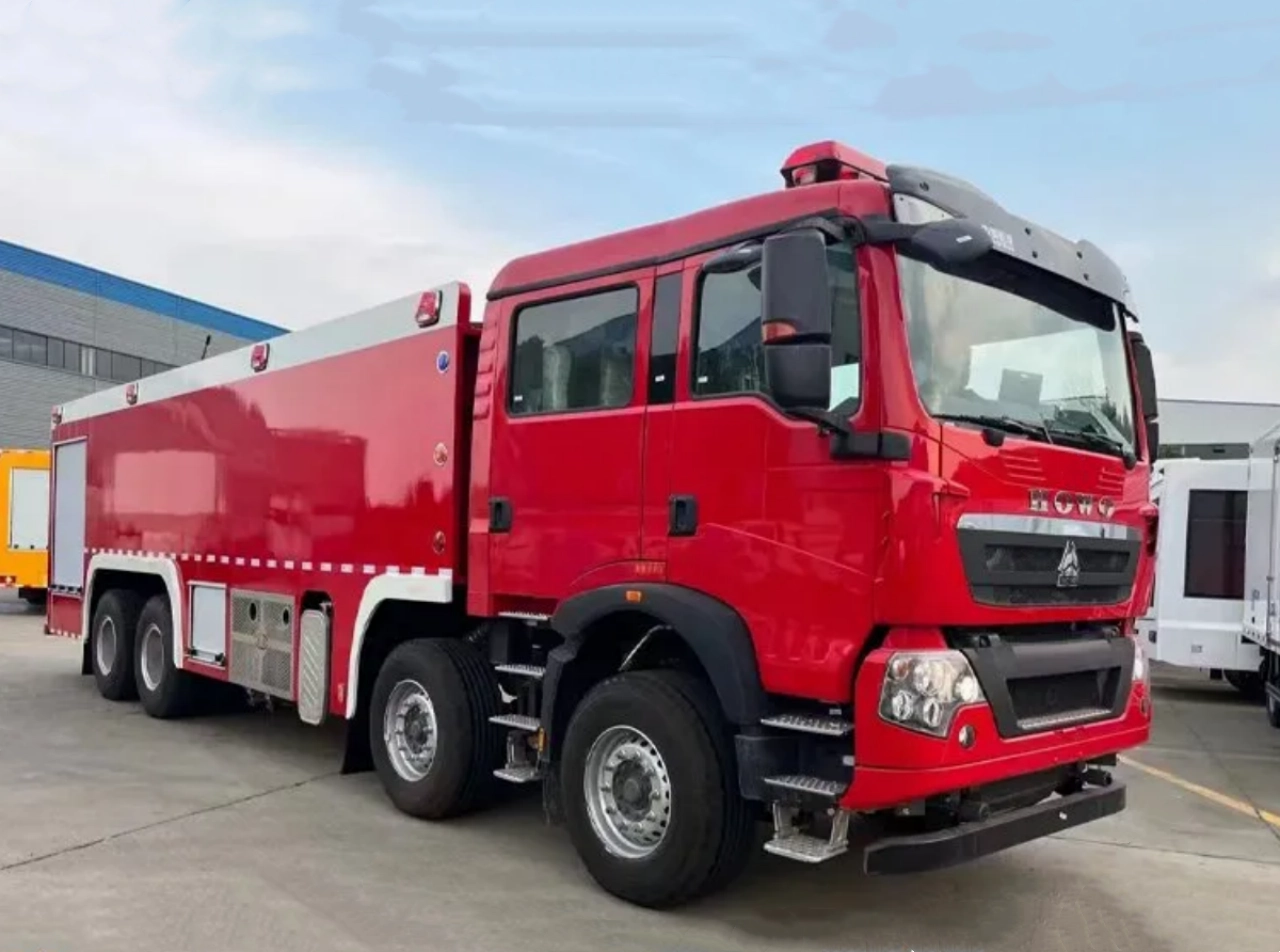
Components of a Pumper Truck
1. Water Pump
The heart of a pumper truck is its water pump. Pumps can be powered by the truck’s engine or have a separate power source. They come in different types, including:
- Centrifugal pumps: Most common in modern fire trucks, they use spinning impellers to create water pressure.
- Positive displacement pumps: Used in older models, they generate pressure by trapping and displacing water.
2. Water Tank
Most pumper trucks have an onboard water tank ranging from 500 to 1,500 gallons. This allows firefighters to begin suppression efforts immediately upon arrival, even if a fire hydrant or other water source is unavailable.
3. Hose Compartments
Pumper trucks feature designated compartments for storing hoses of various lengths and diameters. Standard hoses include:
- Attack hoses: Used for direct firefighting (1.5 to 2.5 inches in diameter).
- Supply hoses: Large-diameter hoses (4 to 6 inches) that connect to hydrants and shuttle water.
- Booster hoses: Smaller, high-pressure hoses for minor fires and overhaul operations.
4. Pump Panel and Controls
A pump panel is an external control system that allows firefighters to regulate water pressure, adjust flow rates, and monitor pump performance. Modern pumper trucks often include digital controls for precise adjustments.
5. Auxiliary Equipment
Many pumper trucks are equipped with additional features to enhance operational efficiency, such as:
- Generators for powering lights and tools
- Hydraulic rescue tools (e.g., the Jaws of Life)
- Scene lighting for nighttime operations
- Backup cameras and GPS navigation
Types of Pumper Trucks
1. Municipal Pumper Trucks
These are standard fire engines used in urban and suburban settings. They are equipped with large water tanks, powerful pumps, and an array of firefighting tools.
2. Industrial Pumper Trucks
Designed for industrial facilities, refineries, and chemical plants, these trucks have specialized foam suppression systems and larger water capacities to handle hazardous material fires.
3. Wildland Pumper Trucks
Also known as brush trucks, these units are designed for off-road firefighting in forests and grasslands. They have high-clearance chassis and rugged tires to navigate rough terrain.
4. Rescue-Pumper Trucks
A combination of a pumper and a rescue vehicle, these trucks carry both firefighting and emergency rescue equipment, making them highly versatile in responding to various emergencies.
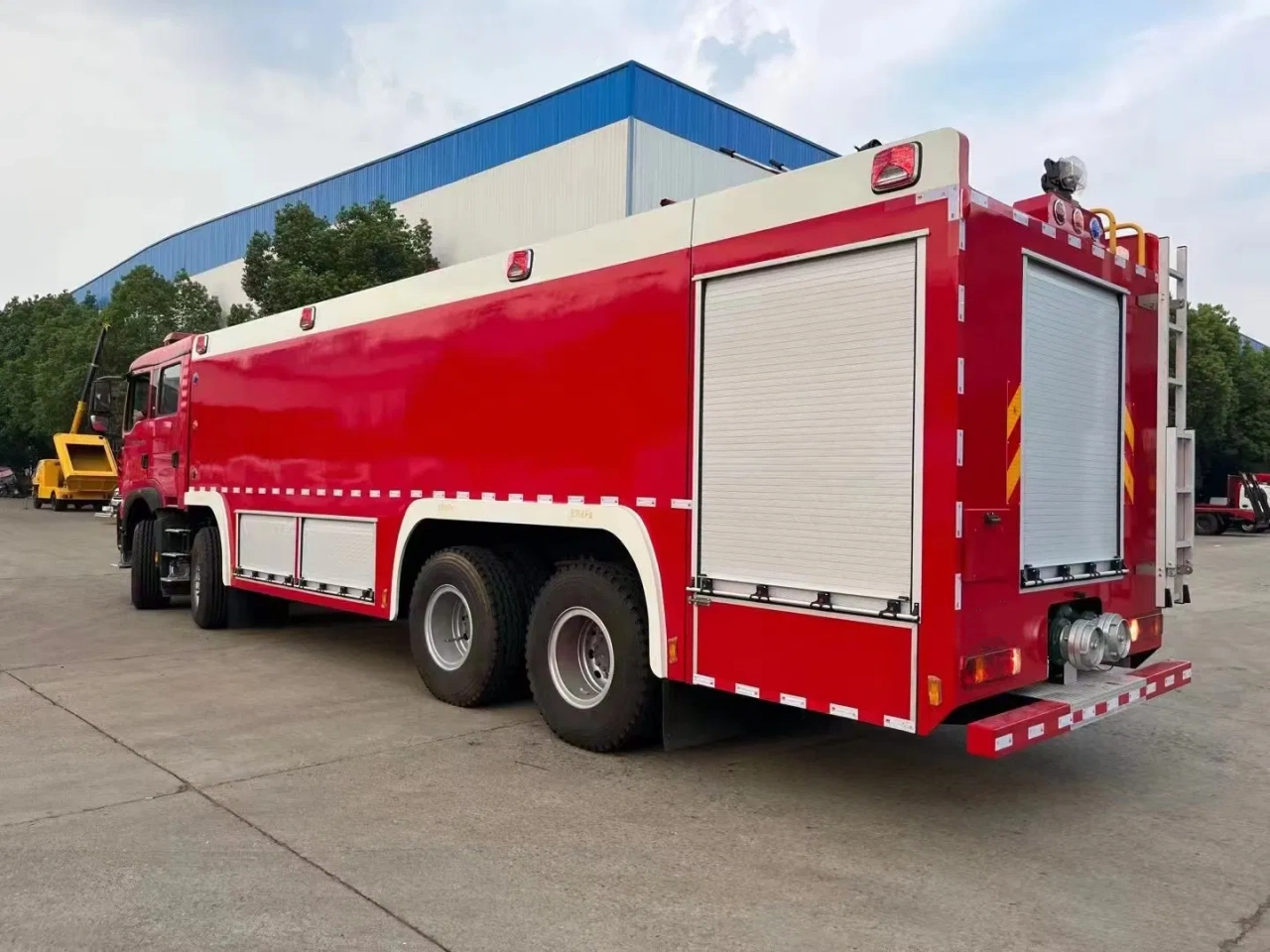
Conclusion
A pumper truck is a fundamental asset in firefighting operations, providing a water supply, hose deployment, foam application, and essential tools for fire suppression. Its versatility allows it to serve urban, industrial, and rural firefighting needs effectively. By ensuring a rapid response to fire emergencies and maintaining a continuous flow of water, pumper trucks play a crucial role in protecting lives and property. Whether in a cityscape or a remote rural area, these fire engines remain a vital component of modern firefighting operations.
